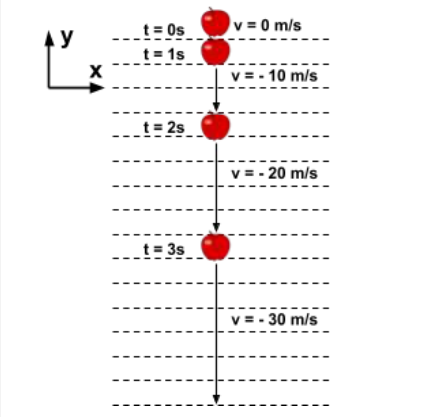Falling Objects 1
Abstract
The activity is intended for use in a high school physics class once the momentum concept and impulse-momentum theorem are developed. Prior to starting this activity, students should have some experience watching multiple objects fall to notice that they fall at the same rate and appear to get faster and faster as they fall. This activity applies impulse and momentum concepts to the motion of falling objects to develop the concept of “force” as the rate the momentum of an object changes. As a result of this activity, students should identify the equation for impulse: Impulse = FΔt and the equation for the force of gravity: Fg = mg. Students will also develop their ability to interpret diagrammatic and graphical models and make inferences based on those models, as well as work as a team to perform calculations, discuss critical thinking questions, and divide and conquer to generate predicted data.
Level: High School
Setting: Classroom
Activity Type: Learning Cycle
Discipline: Physics
Course: Physics (algebra-based)
Keywords: impulse, momentum, force, acceleration, gravity, falling

Downloads
Published
How to Cite
Issue
Section
License
Copyright of this work and the permissions granted to users of the PAC are defined in the PAC Activity User License.

